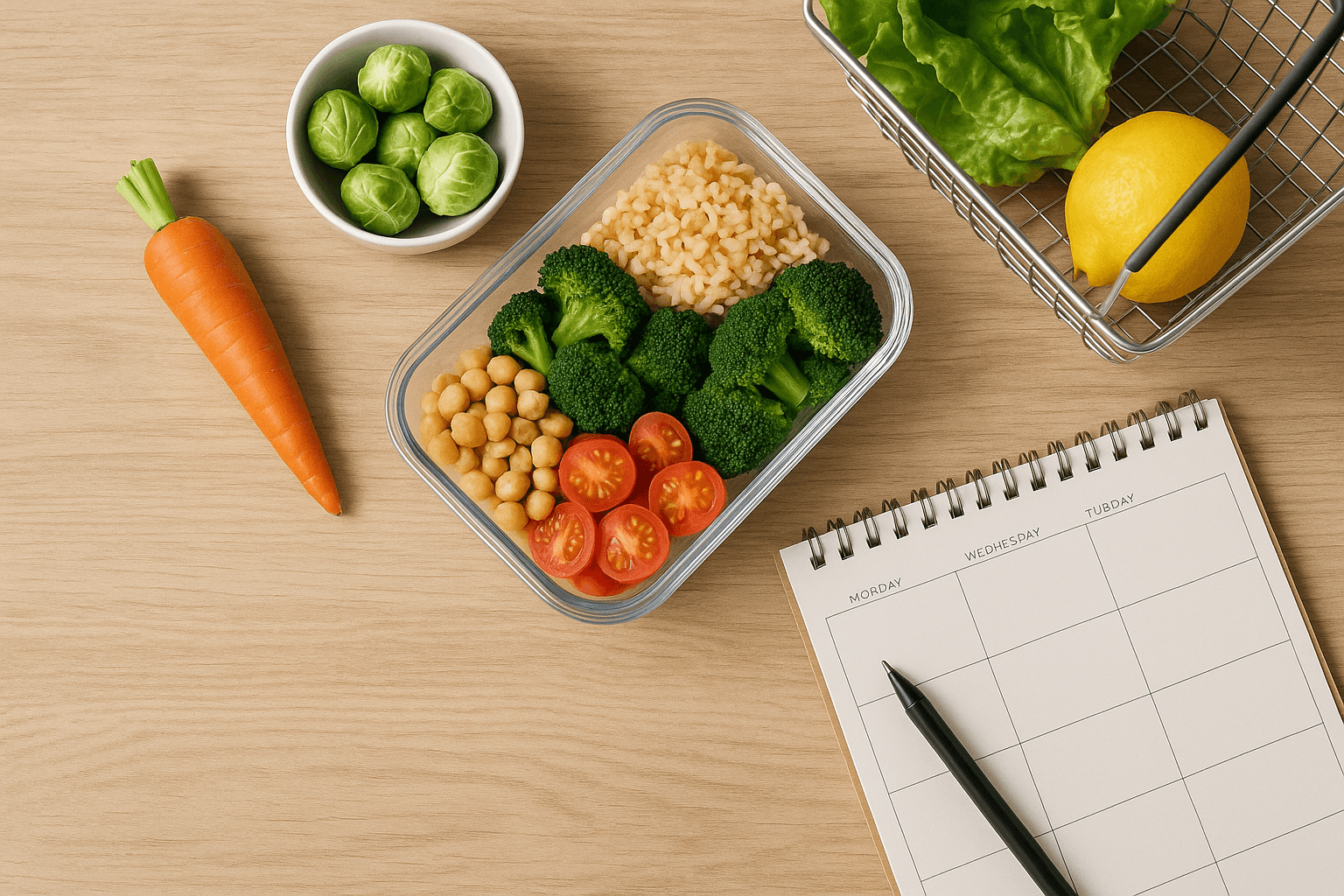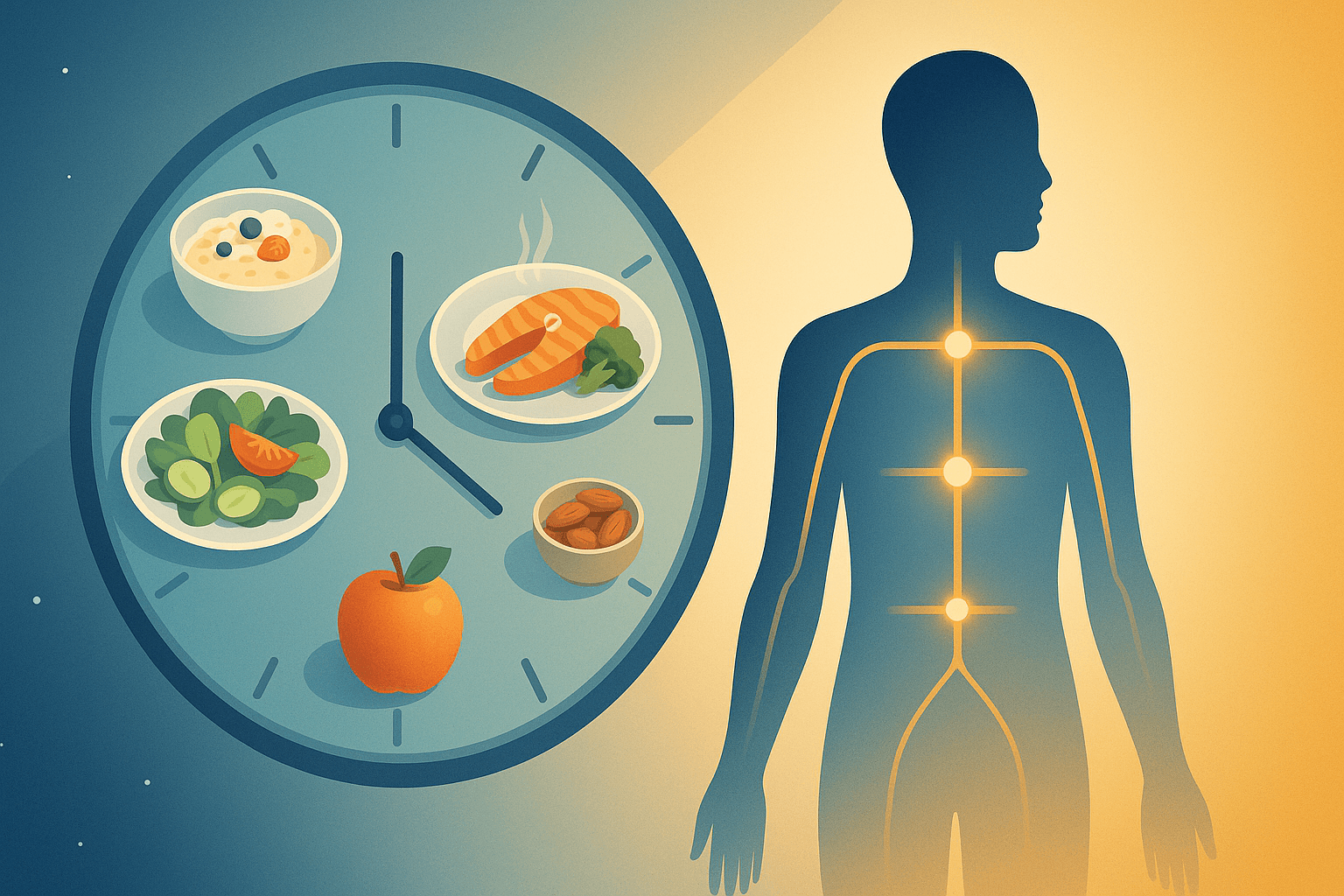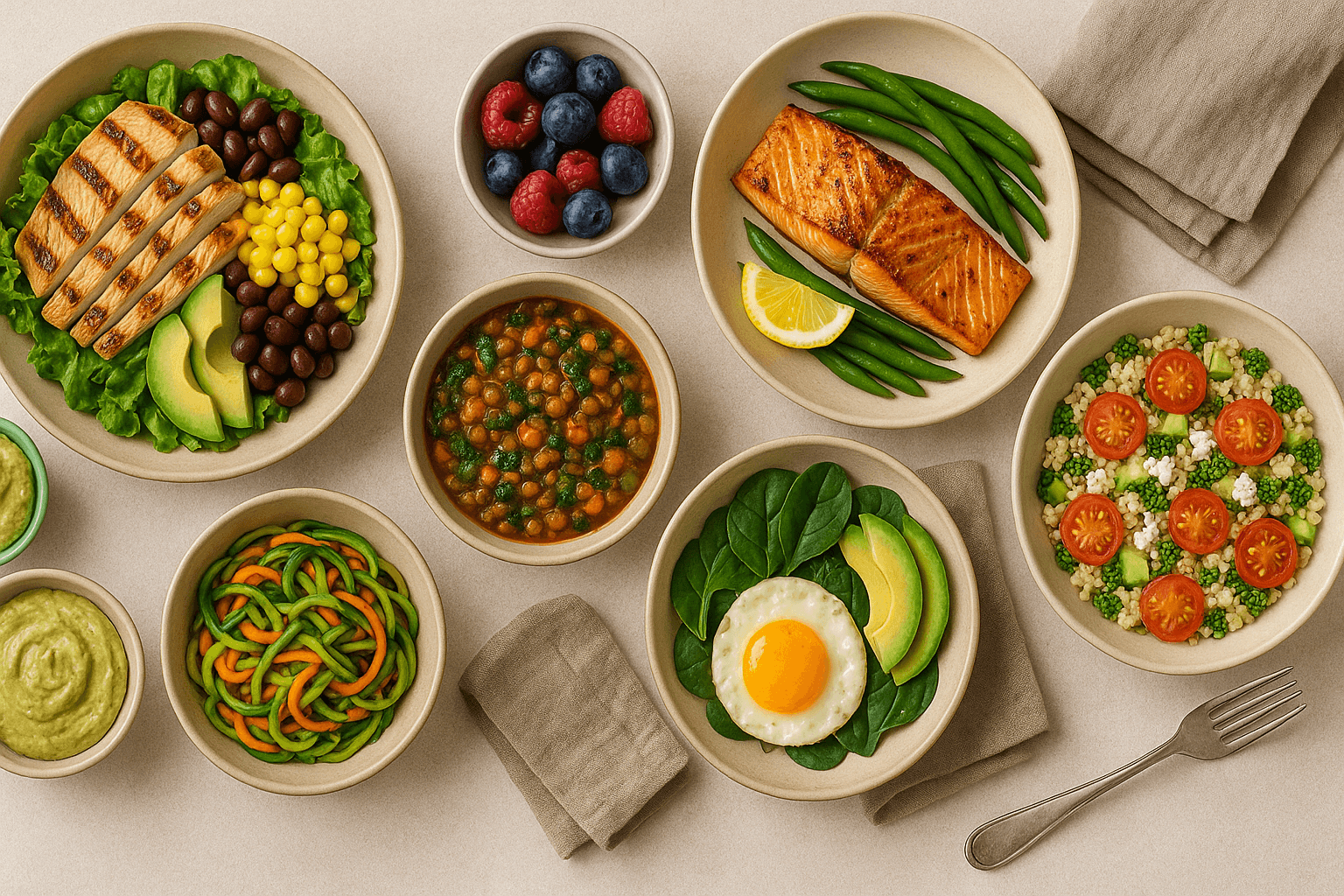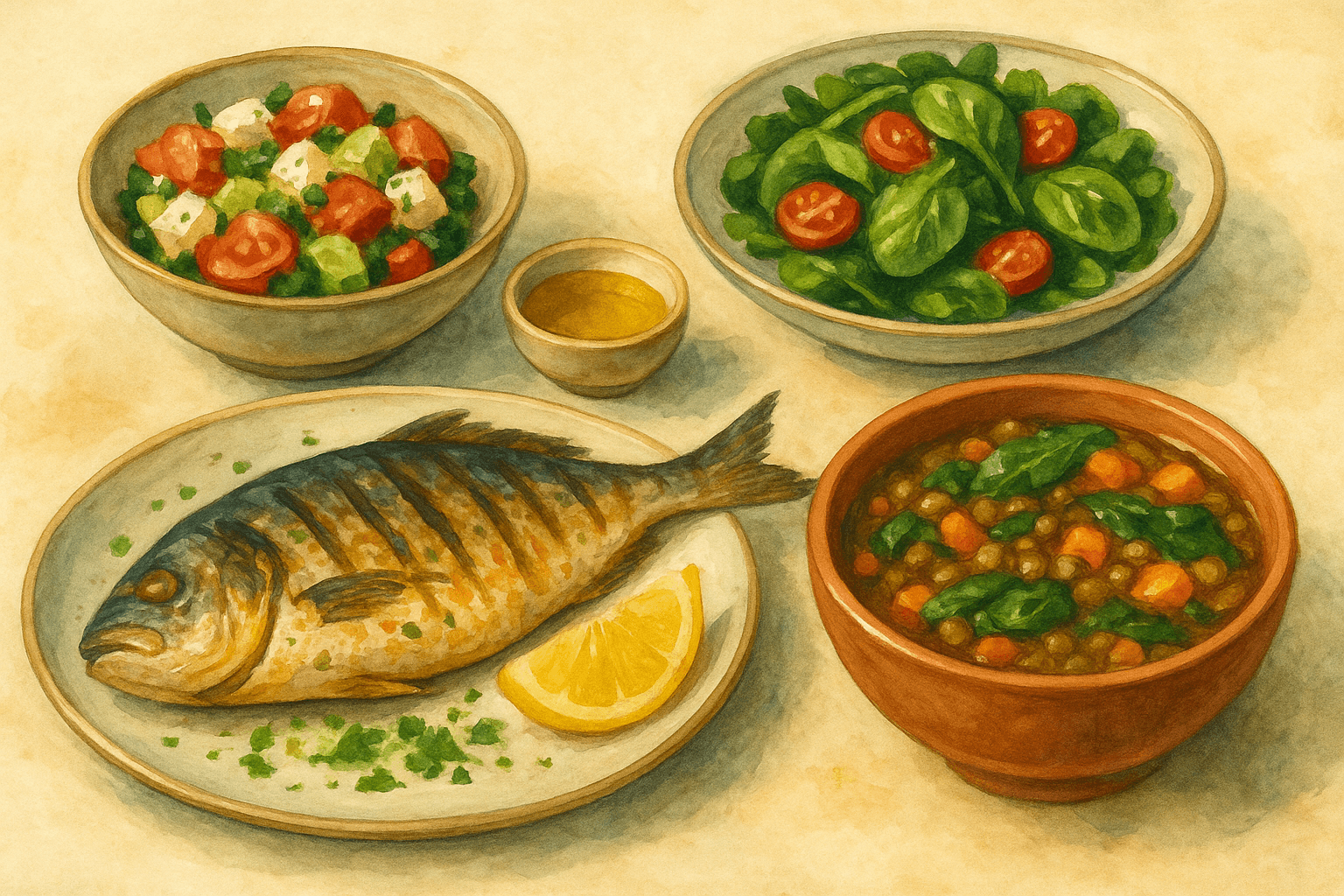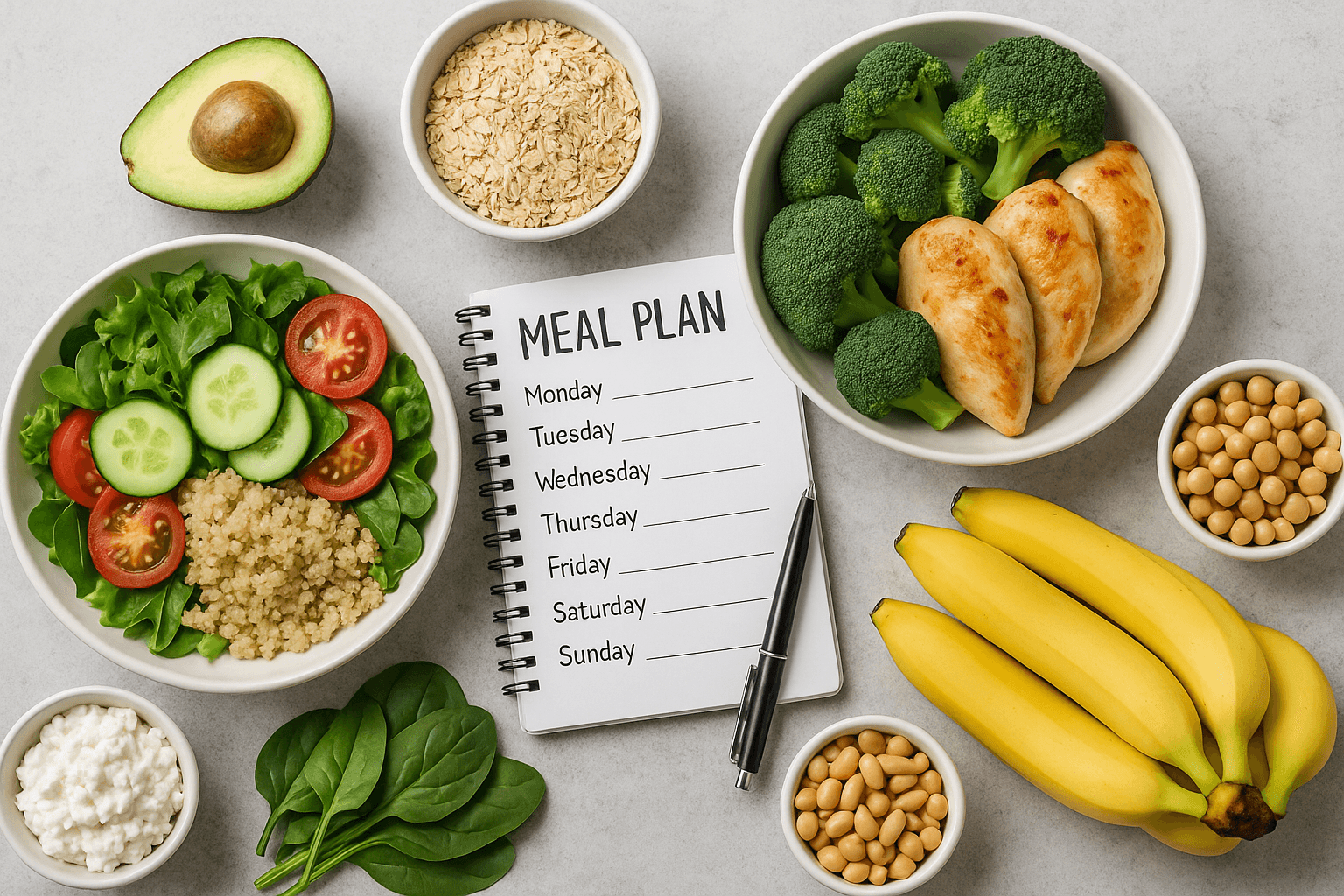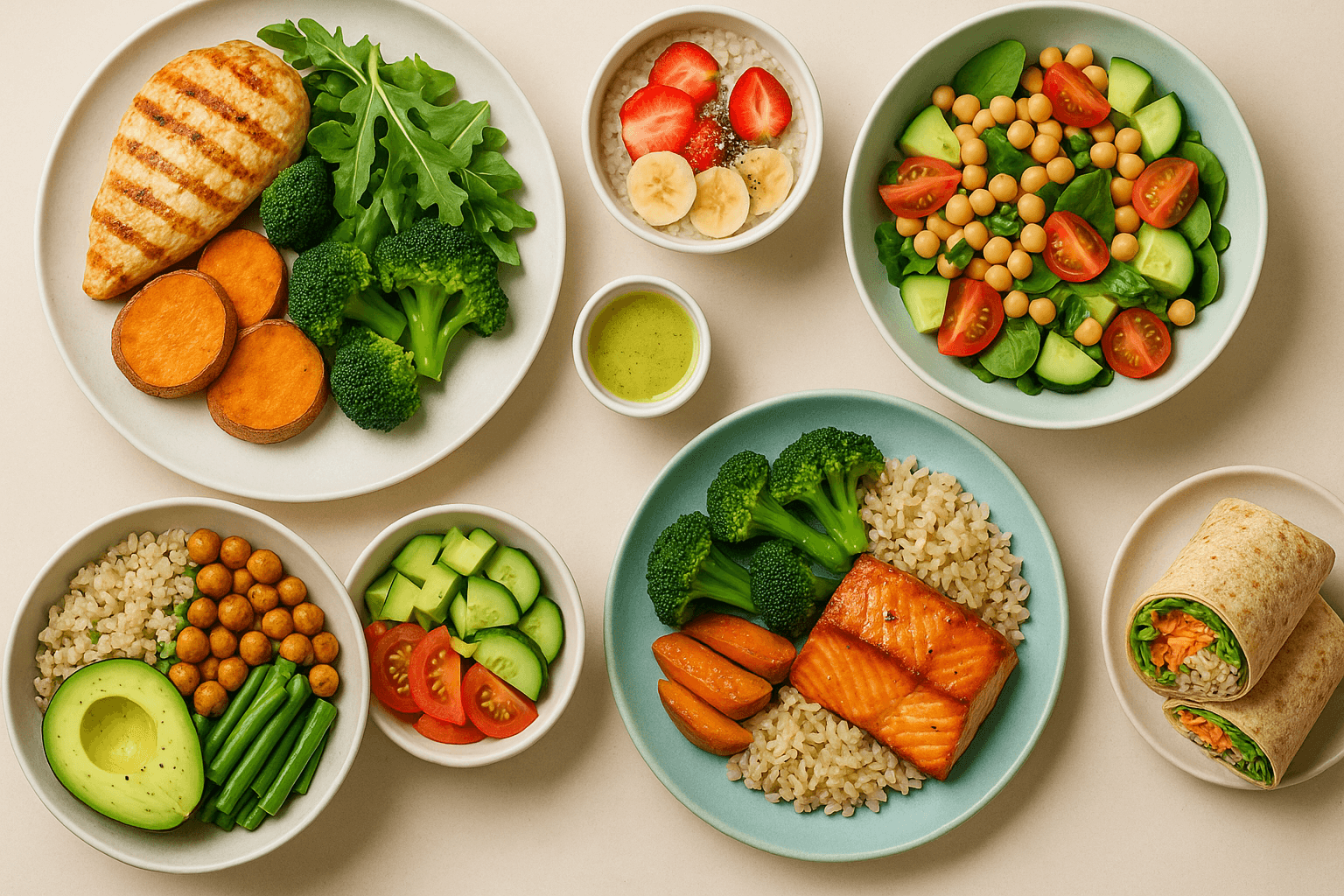Eat Smart, Spend Less: How to Build Weekly Meal Plans That Boost Energy and Cut Costs
Published on August 26, 2025
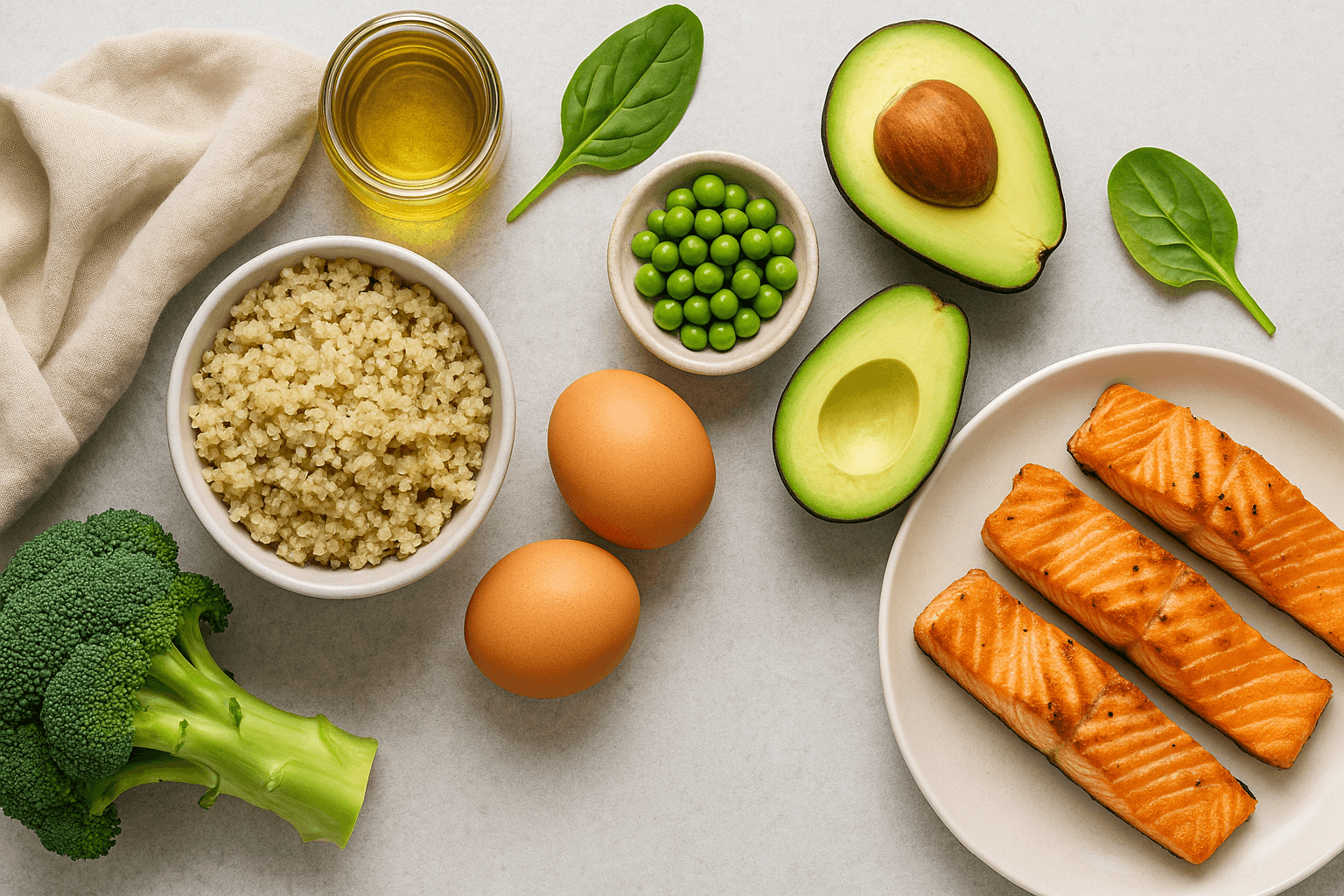
Let’s be honest — eating healthy often feels expensive and time-consuming. But it doesn’t have to be. With a little planning, you can fill your plate with nutrient-packed meals, hit your health goals, and keep your grocery bill in check.
This guide shows you how to plan your week of energizing, affordable meals without feeling deprived, overwhelmed, or overspending.
Why Meal Planning Works (and How to Start Today)
Meal planning helps you:
Resist takeout temptations
Cut food waste
Shop quicker and smarter
Stay on track with nutrition
Stabilize blood sugar
Those who plan meals eat more fruits and veggies, enjoy more variety, and are less likely to reach for junk food. Prepping ahead also brings mindfulness into your meals.
Step 1: Get to Know Your Weekly Rhythm
Chart your week:
When are you busiest?
Do you need grab-and-go meals or leftovers?
How many dinners, lunches, and breakfasts should you plan?
Pro tip: Don’t overplan. Aim for 4–5 dinners, 2–3 lunches, and repeatable breakfasts.
Build in flexibility — plans shift. Swapping or skipping meals is okay.
Set a regular “planning moment” (like Sunday mornings) to map out meals and grocery needs in just 15 minutes.
Step 2: Go for Affordable, Energizing Ingredients
You don’t need expensive superfoods — just nutrients that balance blood sugar, increase fullness, and energize.
Budget-friendly power foods:
Oats, brown rice, quinoa
Eggs, canned tuna, lentils, beans
Carrots, sweet potatoes, onions
Frozen berries, banana halves, citrus fruits
Greek yogurt, cottage cheese
Spinach, kale, cabbage (fresh or frozen)
Nut butters, sunflower or flax seeds
Tip: Store-brand staples are usually cheaper but still nutritious
Shop manager’s specials — markdown produce and dairy can be frozen or used quickly
Step 3: Create a Flexible Weekly Framework
Use themes to simplify your plan:
Monday: One-pan meal (e.g. chicken + veggies)
Tuesday: Stir-fry or grain bowl
Wednesday: Soup or slow-cooker night
Thursday: Plant-based dish (e.g. lentils or beans)
Friday: Pasta or leftovers
Weekend: Use freezer meals or “clean-out-the-fridge” recipes
Example: Cook a batch of quinoa on Monday and use it for veggie patties on Thursday.
Use easy meal formulas like grain + protein + sauce + veg to reduce decision fatigue.
Step 4: Shop Once, Prep Twice
Sunday prep checklist:
Wash and chop veggies
Cook a grain (rice, quinoa, potatoes)
Hard-boil some eggs
Marinate or cook a protein
Make a big soup or chili
Midweek prep:
Refill veggies
Roast another veggie tray
Pack snack boxes or smoothie bags
Turn Sunday night into a chill cooking session with music or a podcast. Batch-prepping saves time and brainpower later.
Sample 5-Day Eating Plan (Budget + Energy Friendly)
Breakfasts:
Banana + peanut butter overnight oats
Greek yogurt + frozen berries + seeds
Scrambled eggs + spinach on toast
Cottage cheese with pear + walnuts
Smoothie with oats, banana, berries, flax
Lunches:
Lentil soup + whole grain crackers
Brown rice bowl with tuna, chickpeas, avocado dressing
Pasta salad with roasted veggies + white beans
Chickpea wrap with hummus, carrots, greens
Whole grain sandwich with turkey + spinach
Dinners:
Monday: Baked chicken thighs + carrots + quinoa
Tuesday: Stir-fried tofu + broccoli + rice
Wednesday: Turkey chili + sweet potato
Thursday: Baked falafel + cabbage slaw + tahini
Friday: Tuna pasta + green peas + lemon
Snacks:
Hummus + veggies
Cottage cheese + fruit
Hard-boiled egg + toast
Apple slices + peanut butter
Trail mix or roasted chickpeas
Optional Desserts:
Banana “nice cream” with cinnamon
Baked apples with oats + walnuts
More Tips to Stretch Your Grocery Budget
Buy in bulk: oats, beans, frozen produce
Cook seasonal: it’s cheaper and fresher
Freeze leftovers
Double recipes and repurpose leftovers
DIY: energy bars, salad dressings, spice mixes
Stick to a list — avoid impulse buys
Wrap herbs in damp paper towels to keep fresh
Freeze ripe bananas for smoothies
Join a local co-op or produce box
Plan a monthly “pantry week” — use what you already have
Meal Planning = Energy Planning
You’re not just feeding your body — you’re shaping how you feel.
Balanced meals:
Include protein + fiber + healthy fats
Use complex carbs for stable energy
Are spaced throughout the day to prevent crashes
Add healthy fats (avocado, nuts, olive oil) to keep you full
Use flavor boosters like cinnamon, turmeric, garlic, ginger, rosemary
Final Thoughts: Progress, Not Perfection
Meal planning isn’t about being perfect — it’s about being prepared.
Plan a few meals. Prep a couple breakfasts. Build confidence through consistency.
Stick to simple ingredients and recipes you love.
Even if plans shift, every meal is a new chance to nourish yourself.
Eat smart. Spend less. Feel amazing.



